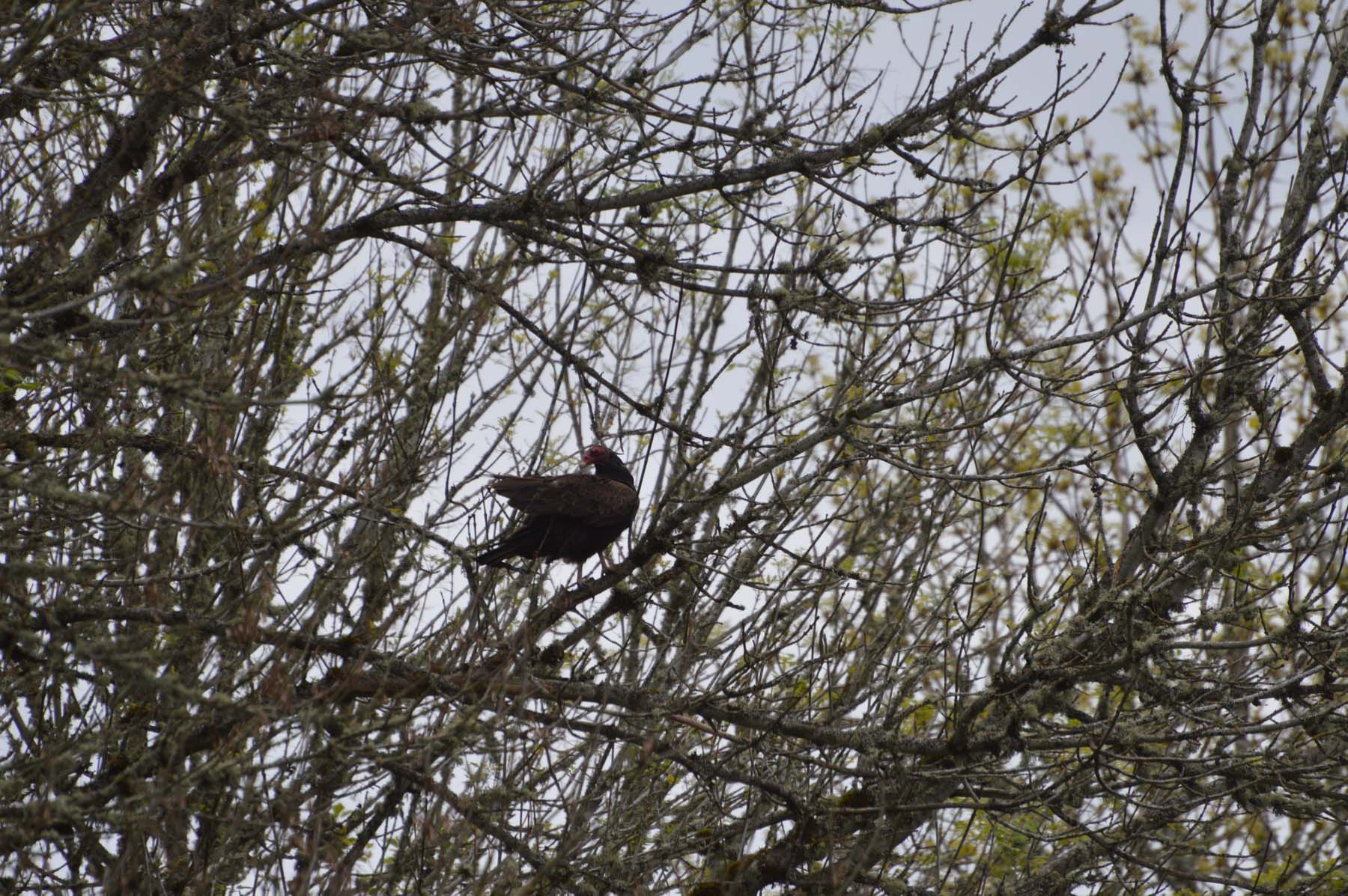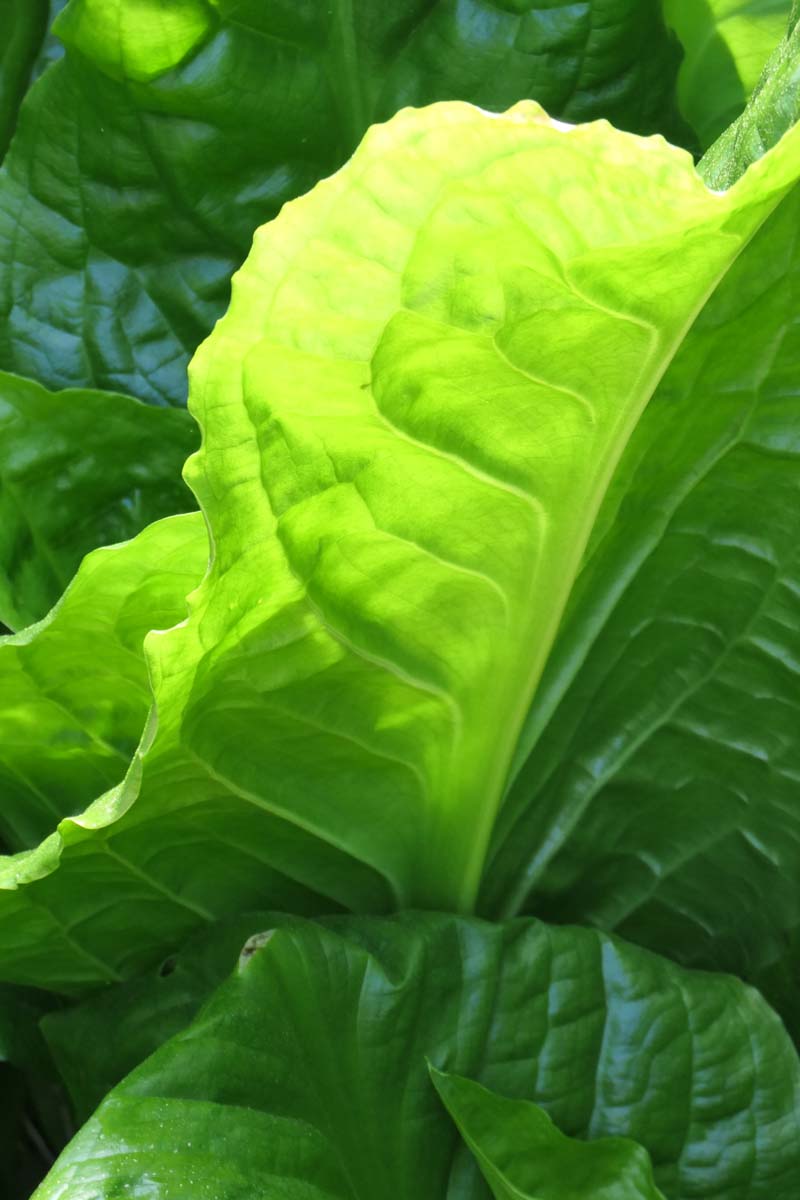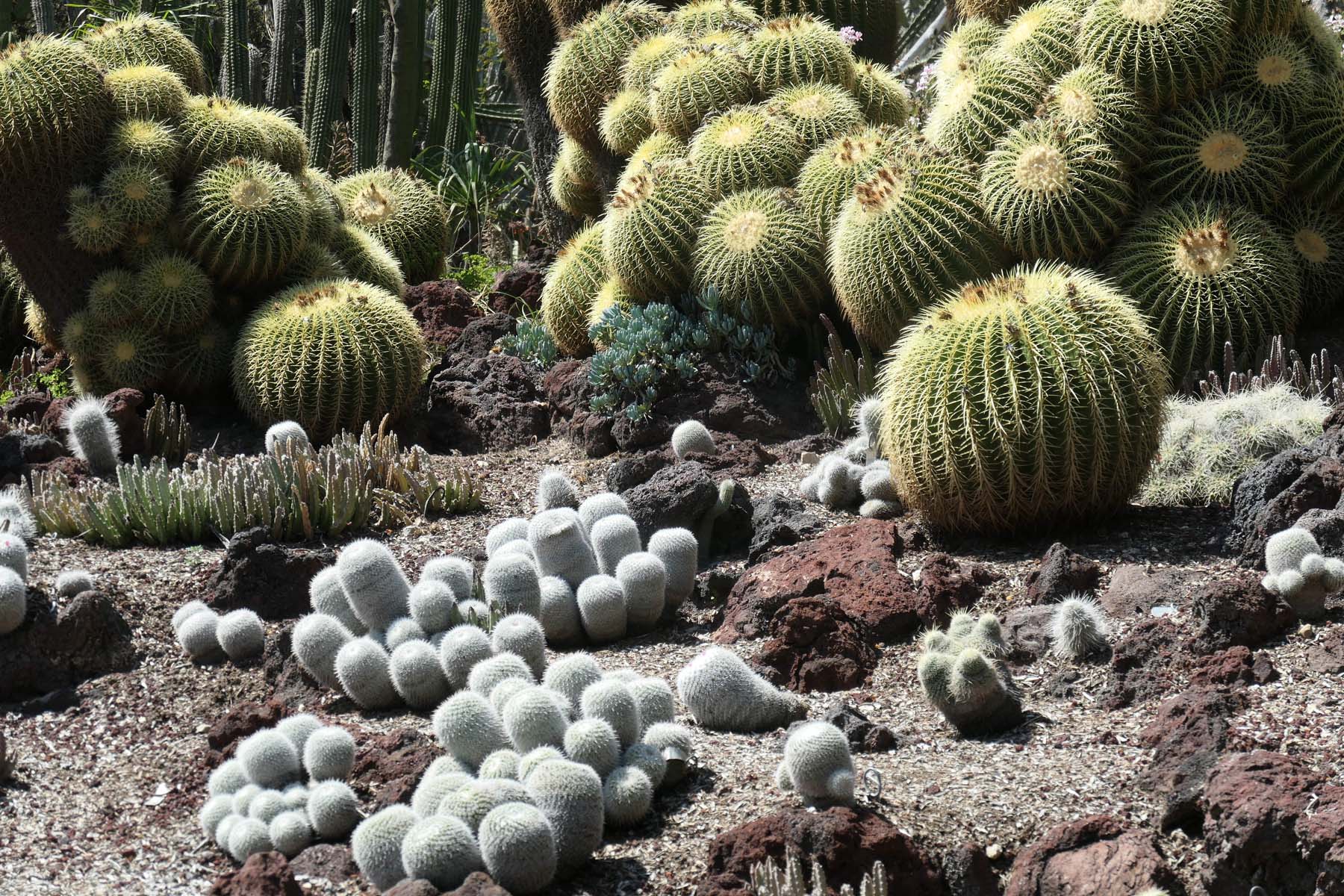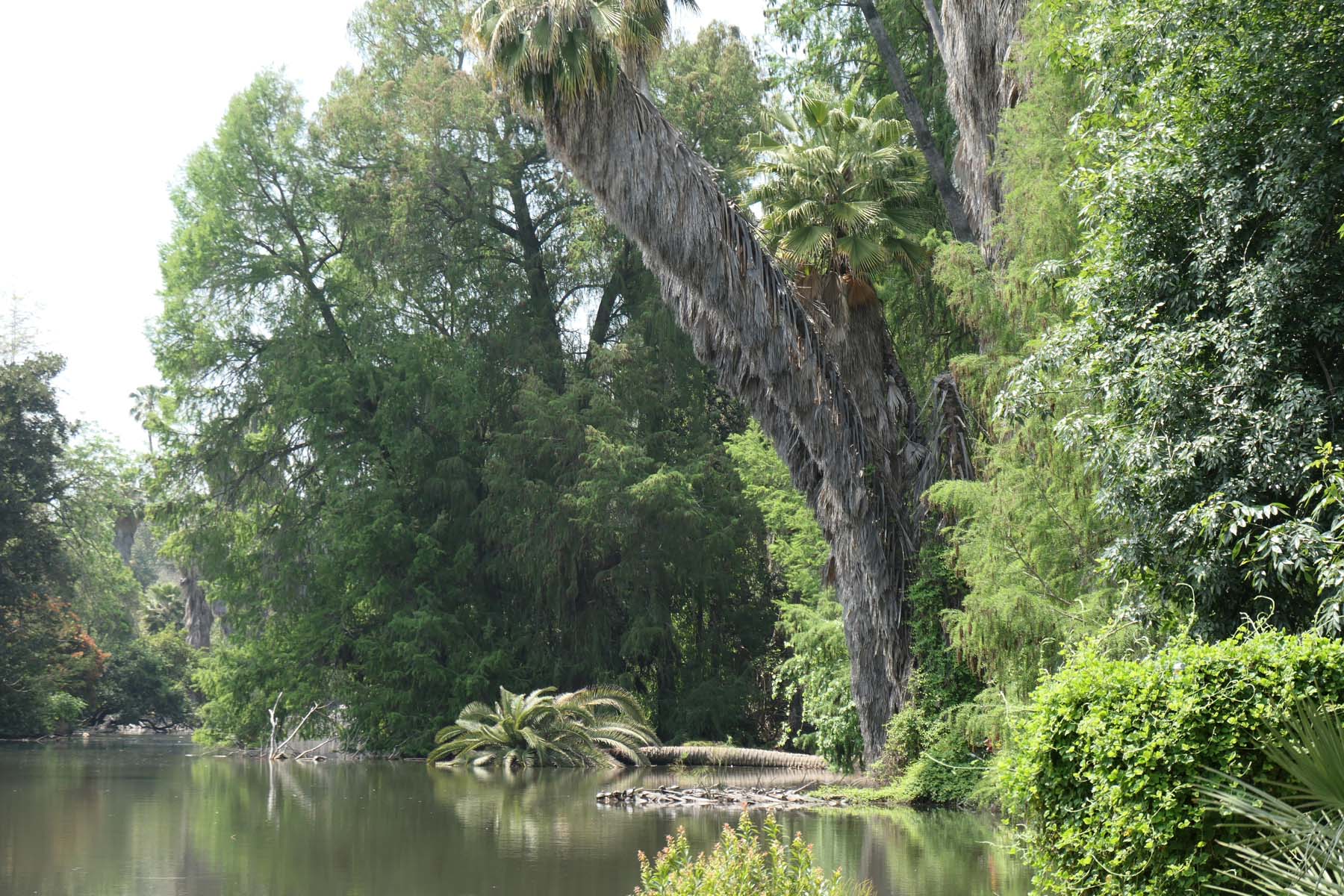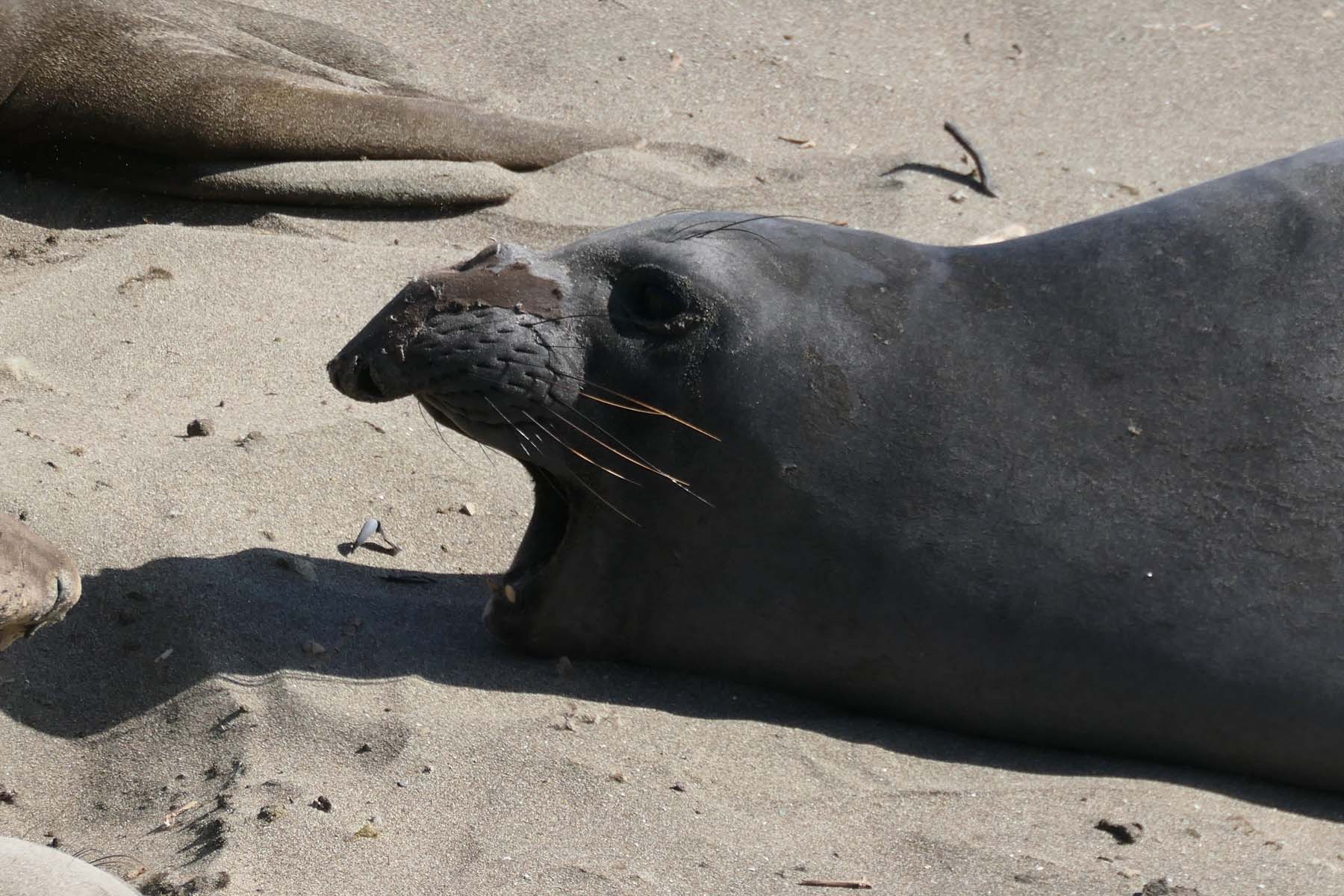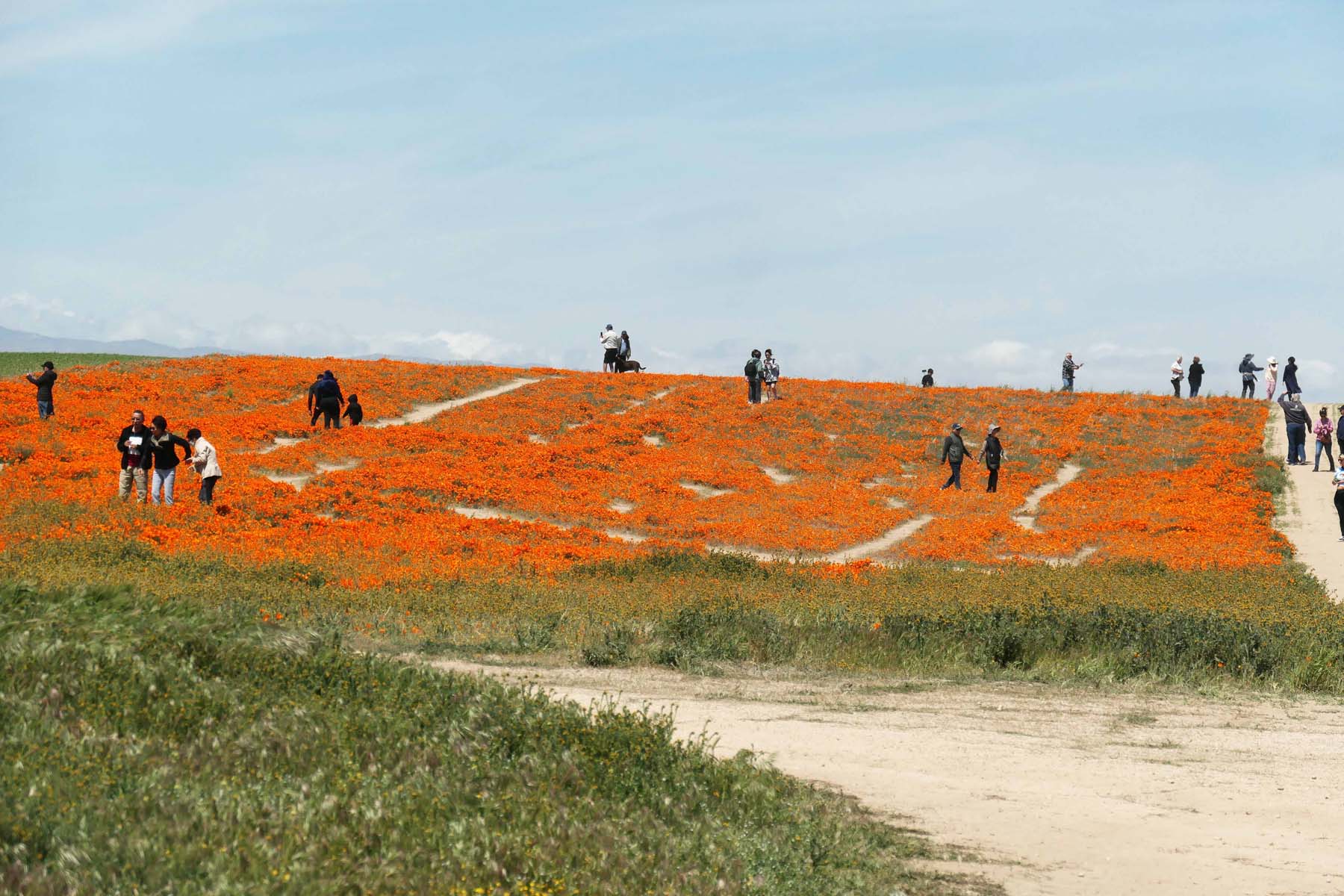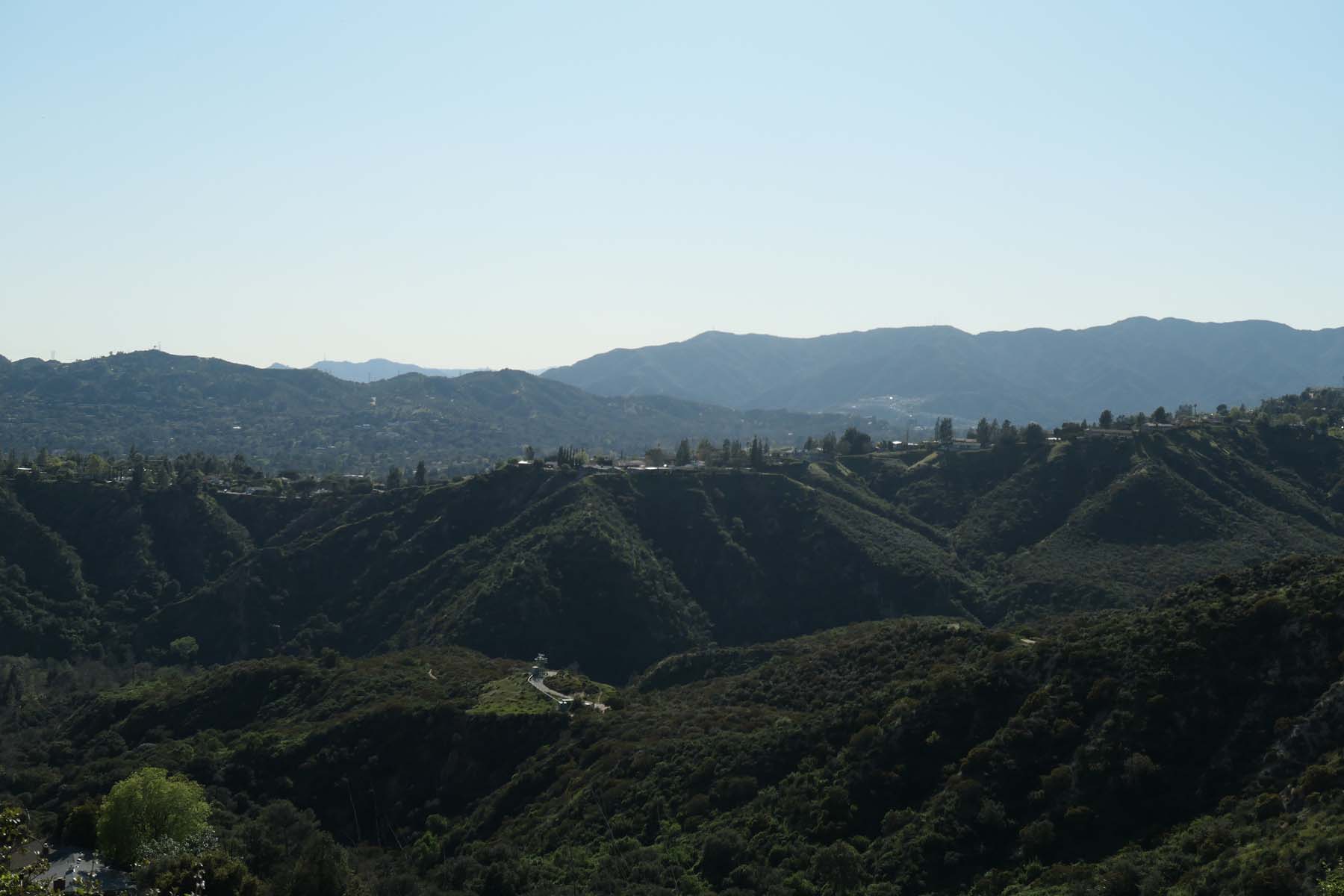…Therefore am I still
A lover of the meadows and the woods,
And mountains; and of all that we behold
From this green earth; of all the mighty world
Of eye, and ear—both what they half create,
And what perceive; well pleased to recognize
In nature and the language of the sense
The anchor of my purest thoughts, the nurse,
The guide, the guardian of my heart, and soul
Of all my moral being.

Meadows filled with daisies.
Walk with me while we can figure out the remainder of the (loooong)William Wordsworth poem Lines Composed a Few Miles Above Tintern Abbey. Just as his title points to a familiarity with a specific place, so you should recognize one of my perennial go-to places: the meadows along the Tualatin River. (Do read the poem, it is bitter-sweet and remarkably un-sentimental reminiscing.)

The meadows were in bloom, covered with daisies, sprinkled with lupines, mallow, morning glory, dog roses, clover and whatever else coloring the world in loose, saturated carpets.















The birds were about, as were the musk rats, chasing annoyed ducks.

Killdeer

Robin with lunc




Red winged black birds and kestrel.

Gosling wherever you looked, with very attentive mothers.







And two herons chasing each other, until one gave up and the other landed right in from of my nose and camera. Yours truly, perhaps not a sufficiently moral being, but at that moment a very happy one.





Farmers tilled the dusty soil, reminding us once again what is at stake in an increasingly heated world (it was 73 degrees yesterday during this walk, first day of June, in Oregon, need I say more?.)

Yes I need to say more: how on earth did Manchin get his dirty pipeline deal expedited into the debt ceiling bill? What was it that made President Biden cooperate on this demand? So much for the administration’s promises to support clean energy rather than fossil fuels, along with allowing cuts or restrictions to food programs and other assistance for vulnerable Americans.

I will not spell out what I hope Manchins’ and his ilk’s destiny will be, but here are the Norns weaving a thrilling hope for destiny…. (from Wagner’s Götterdämmerung)


































